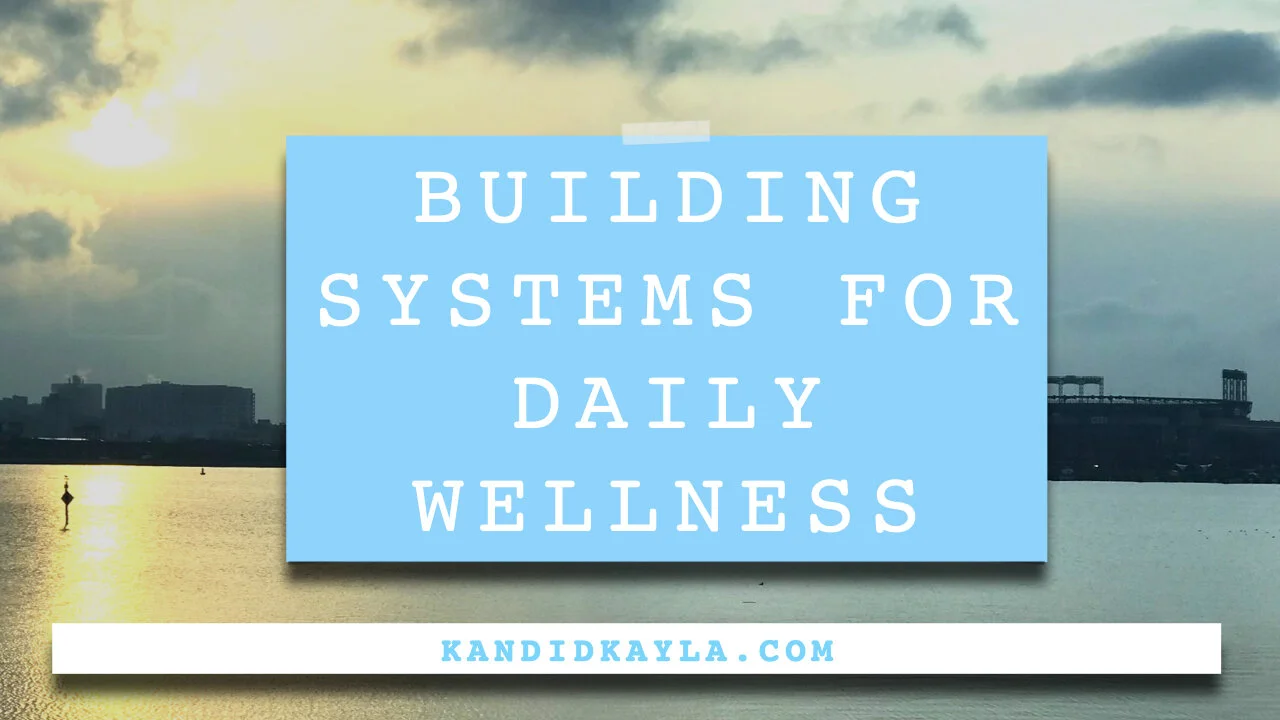If you look at the chart, Jo’s expenses are well over 100%, per the average prices of all basic expenses within the country. You cannot breakeven. If this persists you will rob Peter to pay Paul, yet consistently digging deeper into debt. The budget proposed is assuming there are no rainy days. What happens when your car breaks down? Or a recession hits or COVID-19?
This is why you have to budget. How to augment the budget for success? Get your expenses down and/or increase your income.
Going through every expense, and scrubbing the budget, the first expense is a tithe. This is a necessity. It is the key to eternal success because it is a basic act of obedience.
The next expense for Jo would be housing. For me, I don’t do well with roommates that aren’t family, so when I was first out on my own, I knew this was going to be my bulk expense. I lived within my means, but I definitely didn’t stay within the recommended 25% of my income. I had little to no other expenses though, so understand that whatever you choose to be of the upmost importance, you need to build the rest of your budget around this expense. For Jo, we’re going to lower the housing cost to include at least one roommate, so slashing both the rent and utilities costs in half.
Next, Jo’s student loan payments are critical to financial freedom, so for the time being this value will go unchanged.
Rather than having a car payment, Jo drives an older car that cost $5000. This brings down the car payment to $111/mo. (This is the payment cost for an auto loan for a $5000 car with $0 down for 48 mo. I don’t recommend this! The interest associated is ridiculous, but Jo is between a rock and a hard place). Jo will choose also to commute or take public transit to work cutting the monthly gas contribution to $200/mo.
Jo also only eats out one meal a week and meal preps at home for the rest of the week. This brings food costs down to about $200/mo (assuming Jo eats a lot of fresh produce). (If Jo eats more processed foods, this cost will go down drastically. Even opting for more frozen produce will cut this cost.)
There’s very little to be done about the costs of insurances in America. There is much to be said, but to side on the error of peace, these values will stay the same within the budget. Now, even with the current differences in the budget, Jo now has about 20% of the budget left to work with to put into both savings and giving. Depending upon your debt, financial goals, and reasons for saving, you will need to augment the budget more or less.
You can increase your food costs, if that’s important to you, at the expense of your recreation cost. You can save more by eliminating your recreation cost all together (there are plenty of free things to do). You can eliminate your transportation costs or drastically minimize if you work from home, at the expense of better wifi costs (assuming wifi is built into utilities costs). (Also note, we have neglected Jo having a cell phone and associated bills. Jo’s best bet is probably prepaid at this point). You can decrease your housing expenses drastically if you acquire more roommates or move in with family. If you are in college, you can eliminate and/or drastically decrease the student loan payments based on the amount of scholarships you receive (I will do a separate post on college cost hacks).
Understand if you are not breaking even or only breaking even on your budget, you need to “live like no one else , so later you can live and give like no one else” (in the words of Dave Ramsey). So eliminating nonessential wants is crucial. This goes back to the changing of the mindset. Looking at money as a tool, if you cannot breakeven for your necessities, you should not acquire expensive habits like nail care, luxury hair care, name brand clothing, and expensive cars, until you have that gap in your budget percentages (again, see Dave Ramsey Budget Percentages). Viewing these unnecessary expenses as necessities will leave you in a poverty mindset.














